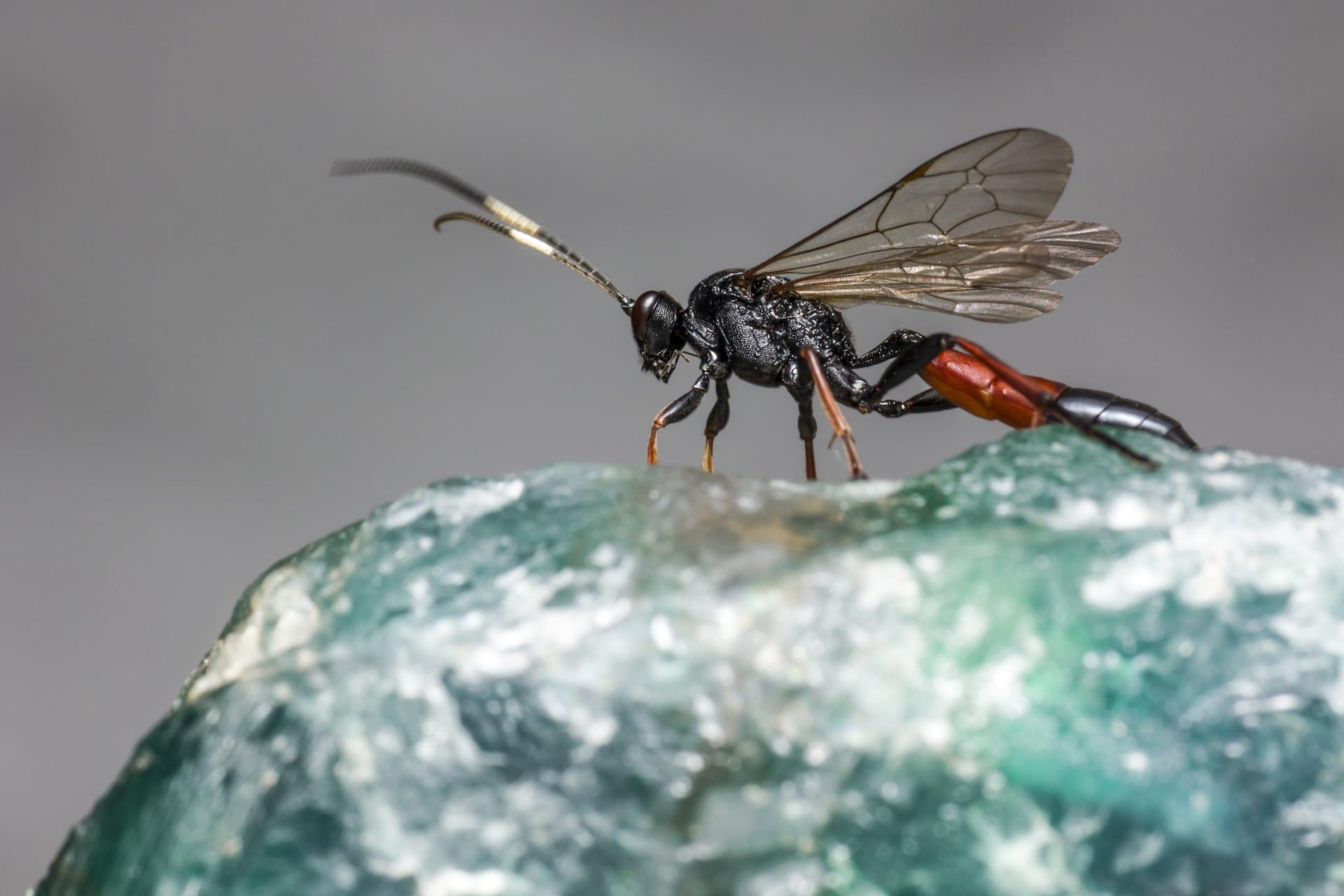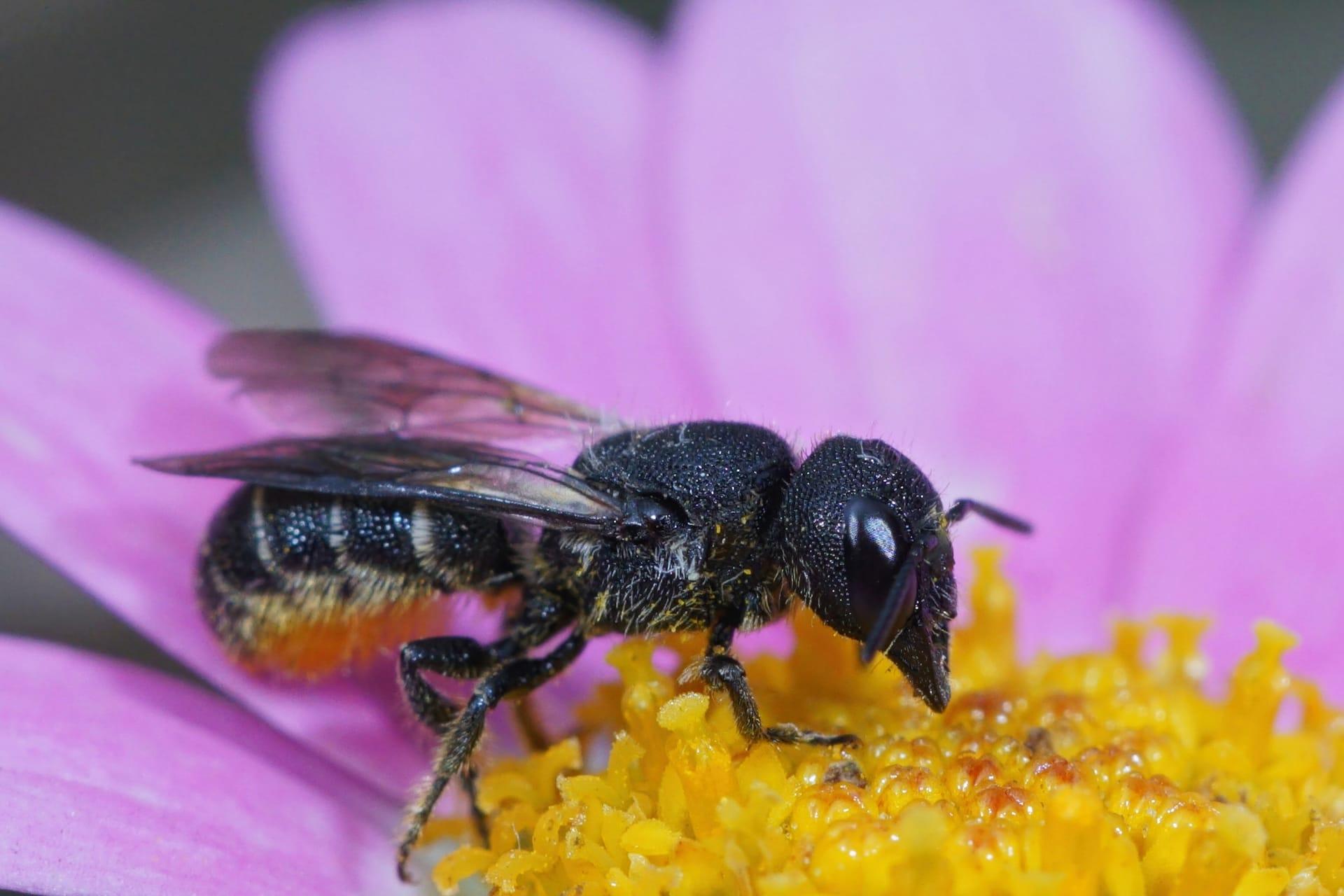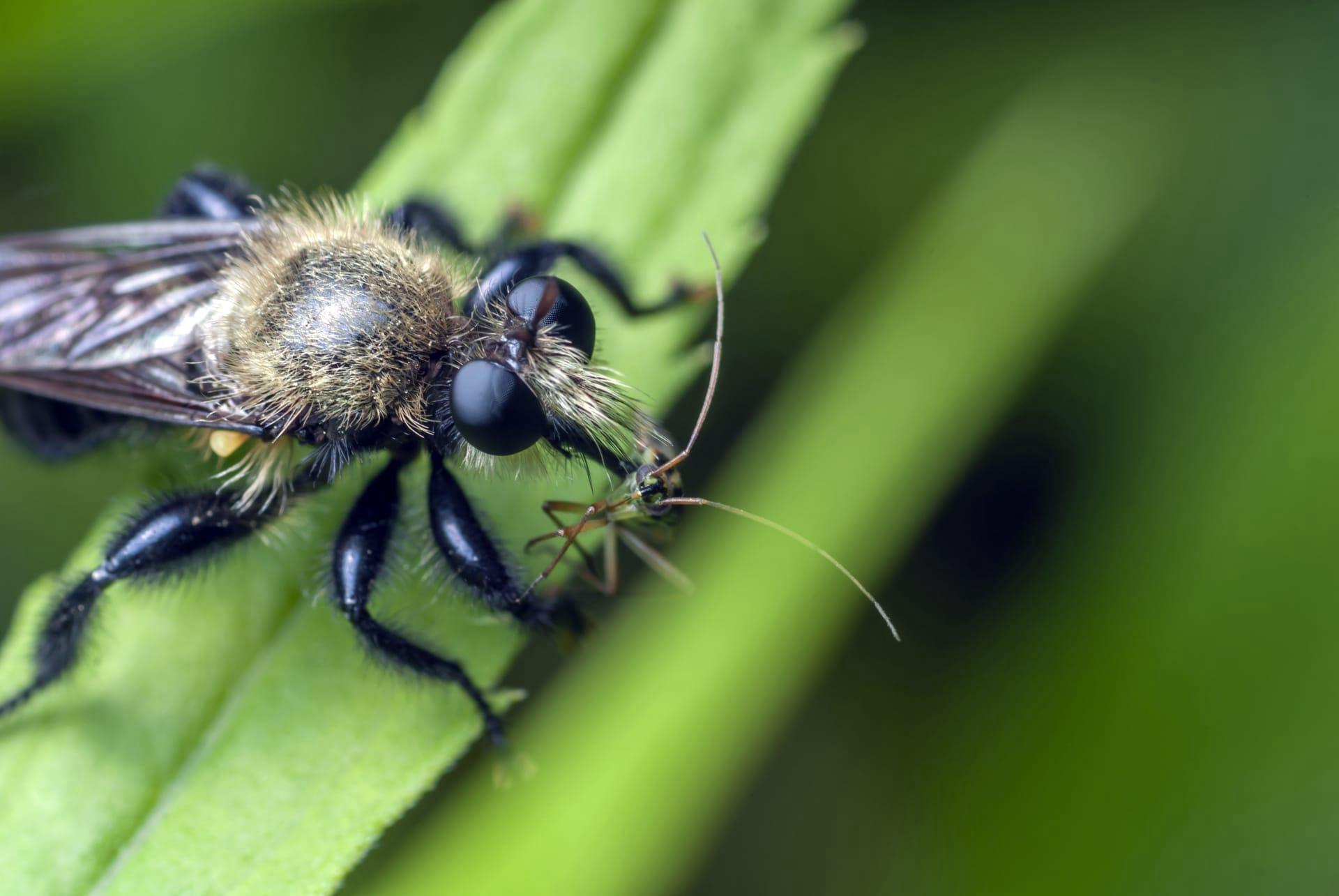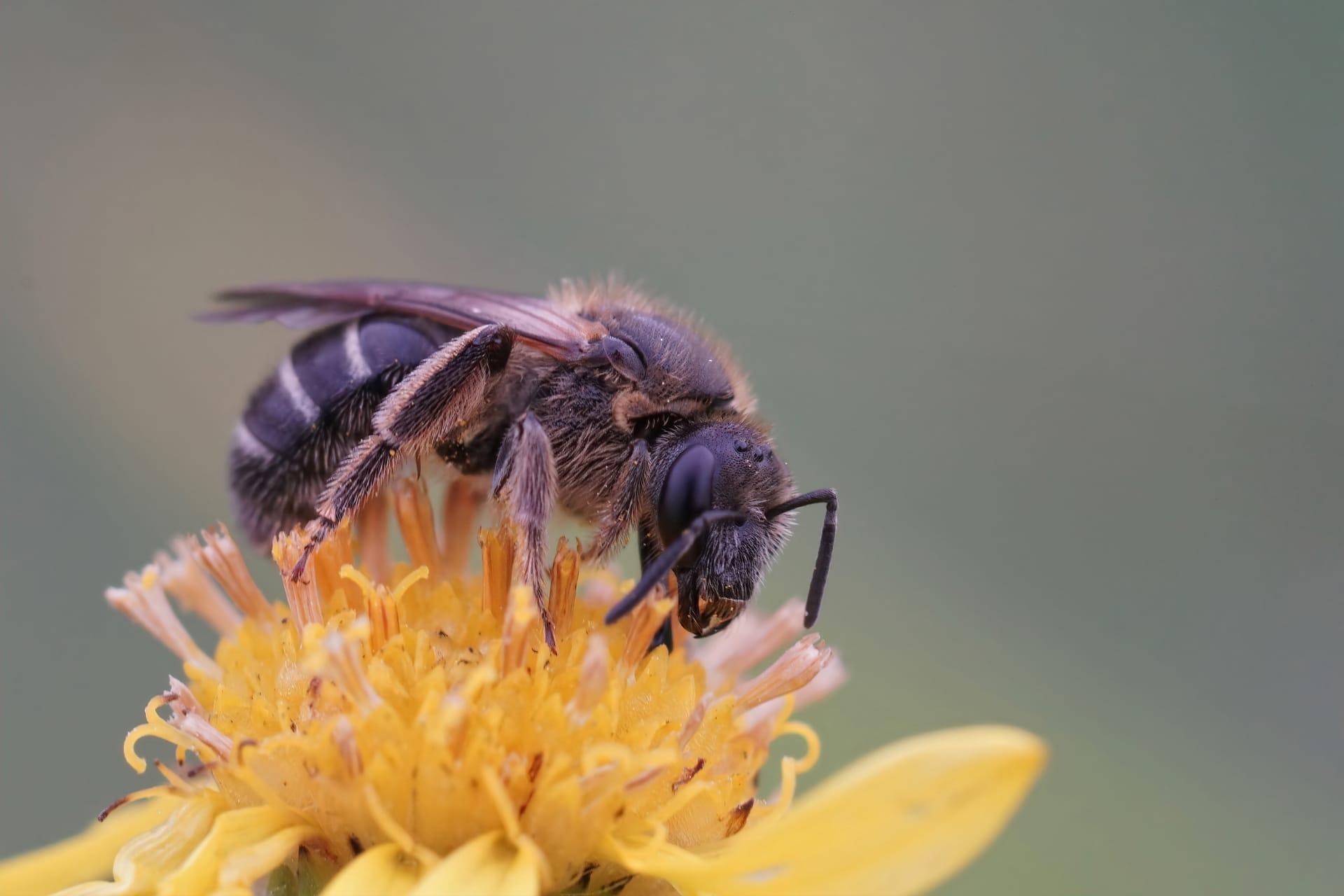Great Black Wasp
- Home /
- Mini Encyclopedia /
- Animal /
- Great Black Wasp
1
The Great Black Wasp, scientifically known as Sphex pensylvanicus, is a fascinating member of the Hymenoptera order and the family Sphecidae. This species, characterized by its striking black coloration and impressive size, can reach lengths of up to 1.5 inches. As a solitary wasp, it exhibits unique behaviors and characteristics that set it apart from other wasp species.
In terms of distribution, the Great Black Wasp is found predominantly in North America, with its range extending from Central America through the United States and into parts of Canada. This species thrives in various habitats, including grasslands, fields, and gardens. Their presence is usually noted during the warmer months, from late spring through summer, when they are most active in foraging and nesting.

2
Question: Is the Great Black Wasp aggressive towards humans?
Answer: Contrary to common belief, the Great Black Wasp is not aggressive towards humans. While they are large and can be intimidating, these wasps are solitary and non-territorial, meaning they do not have a nest to defend like some other wasp species. They will generally avoid human interaction unless provoked or threatened. Their sting is reserved primarily for hunting their prey, primarily grasshoppers, crickets, and katydids, which they paralyze and use as a food source for their larvae.

3
The survival strategy of the Great Black Wasp is intricately linked to its role as a predator of other insects. These wasps hunt and paralyze prey such as grasshoppers, crickets, and katydids to feed their offspring. The female wasp will meticulously hunt for prey, sting it to paralyze but not kill, and then transport it back to a burrow. This method ensures a fresh food supply for the developing larvae.
Another key aspect of their survival strategy is their solitary nesting behavior. Each female wasp digs her own burrow, where she lays her eggs. This solitary nature reduces the risk of disease spread and competition for resources among the species. The burrows are constructed in well-drained soil, often in sunny areas, providing optimal conditions for the larvae's development.

4
In the ecosystem, the Great Black Wasp plays a crucial role as a natural pest control agent. By preying on insects like grasshoppers and crickets, which are known to damage crops, these wasps contribute significantly to maintaining the balance in agricultural and garden ecosystems. Their hunting activities help control the population of these potential pests.
Additionally, the Great Black Wasp is an important pollinator. While searching for nectar to feed on, they inadvertently transfer pollen from one flower to another. This pollination is vital for the reproduction of many plant species, contributing to the biodiversity and health of ecosystems where they are present.

5
Film: "Wings of Survival: The Great Black Wasp" is a documentary produced in the United States in 2018. It explores the life cycle and ecological impact of the Great Black Wasp. The film highlights the wasp's hunting techniques, solitary nesting behavior, and its role in the ecosystem as a predator and pollinator.
Book: "Insects of North America" by David Rockwell, published in the USA in 2020, includes a comprehensive section on the Great Black Wasp. The book delves into the wasp's behavior, habitat, and its significance in the ecological balance, providing detailed insights backed by scientific research.
Book: "The Secret Life of Wasps" by Helen Arnett, published in the UK in 2021, offers an in-depth look at various wasp species, including the Great Black Wasp. This book combines scientific information with engaging narratives to unveil the intriguing world of wasps, their survival strategies, and their importance in our environment.